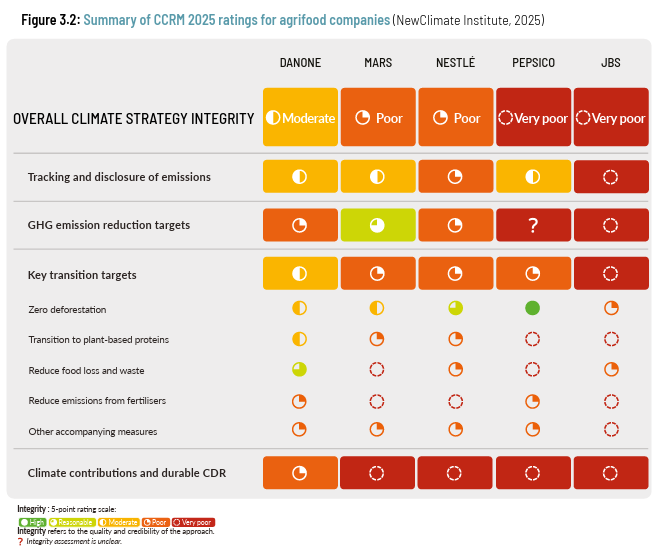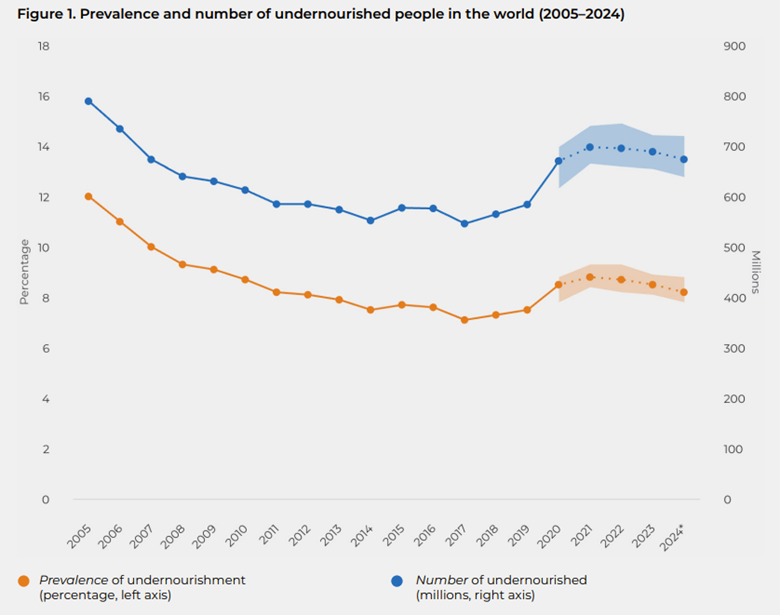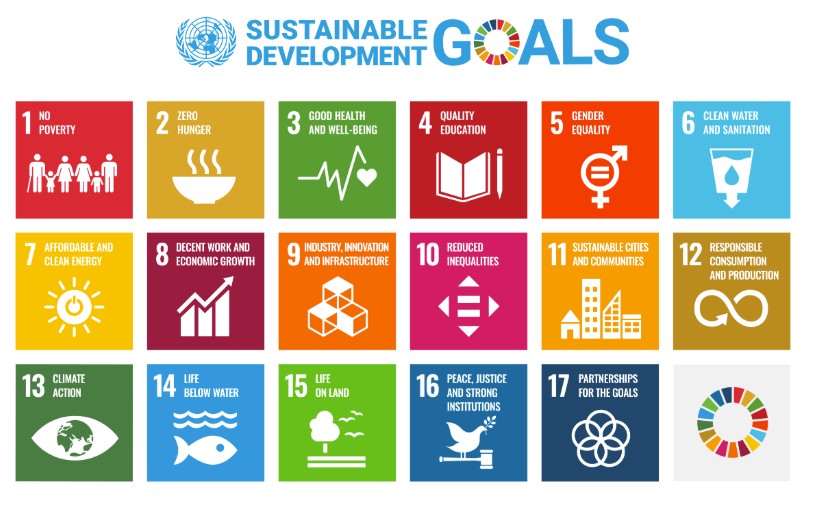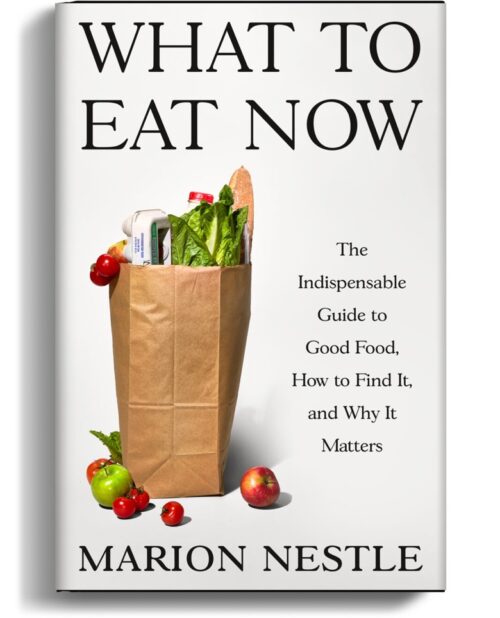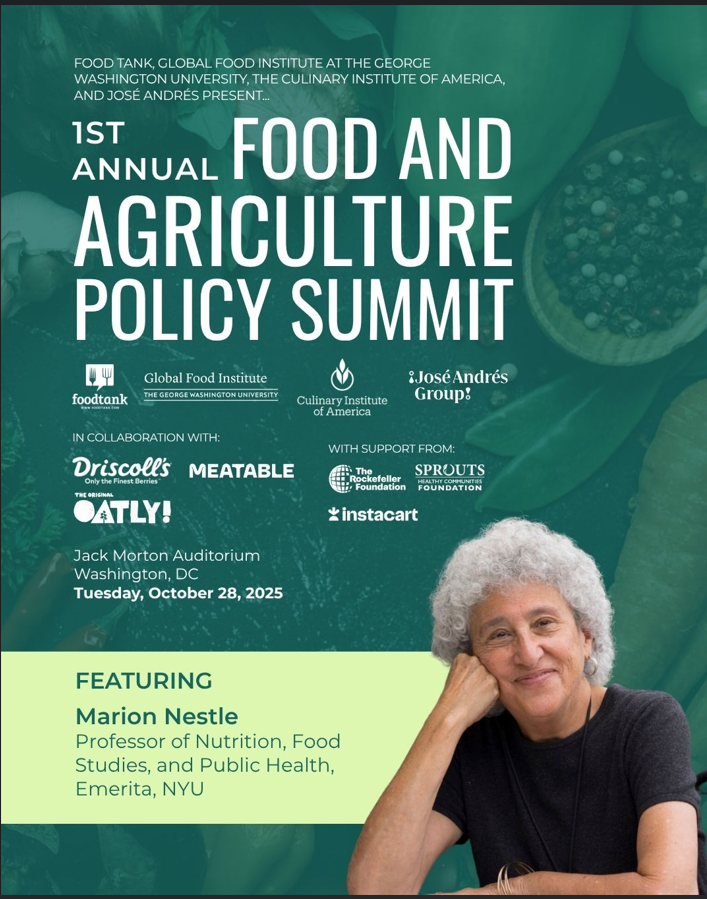Trump food officials with ties to industry: Civil Eats has a list.
CivilEats’ Lisa Held writes: The Industry Ties Within Trump’s Food and Ag Leadership: Many of the president’s top officials at the USDA, EPA, HHS, and FDA have connections to chemical, agribusiness, or fossil fuel interests.
Really? Yes. And the list is long.
As Lisa describes the situation,
The picture of influence is all the more noteworthy because no president has been louder about “draining the swamp” of corporate influence in D.C. Those calls have gotten even more strident around food issues as a result of Trump’s alignment with Robert F. Kennedy Jr., who is a frequent critic of corporate influence on government policies…To begin to track the influence that industry may exert on the food system over the next four years, Civil Eats dug into the backgrounds of the most prominent individuals currently working on food and agriculture within federal agencies.
She then goes through the list, agency by agency. Two examples :
I. Mindy Brashears, USDA Undersecretary for Food Safety (nominated, not yet confirmed)
Brashears has consulted for Cargill, Perdue, and other meat industry giants. She held the same role during Trump’s first term, during which she played an essential role in keeping meatpacking plants running at the height of the pandemic. Congress later called her the “meat industry’s go-to fixer.” In her most recent ethics disclosure forms, she says she’ll resign from positions with Boar’s Head and the Meat Institute, the trade and lobby organization that represents the country’s biggest meatpackers, upon confirmation.
II. Calley Means, Special Advisor (to HHS Secretary RFK Jr)
Means often acts as Kennedy’s mouthpiece on MAHA priorities related to food and health. He is an outspoken member of the team, often accusing government employees of being beholden to industry. Because he’s a special government employee, Means does not have to fill out financial disclosure forms.
Means co-founded Truemed, a company that directs health savings account dollars toward wellness products and memberships that reportedly raised more than $32 million in venture capital earlier this year. Truemed has extensive partnerships with makers of supplements (an industry that wants HHS to loosen regulations), health technology, and other wellness products.
Comment
The list of food (and drug) officials with financial conflicts of interest is long and extensive. This situation explains the non-regulatory approaches to food issues, and leaving such approaches to states. If you are hoping that this administration will do anything to refocus production agriculture on food for people (rather than feed for animals and fuel for cars or planes), stop junk food marketing to children, improve school food, reduce ultra-processed food consumption, regulate the content and labeling of supplements, or anything else that might reduce food industry profits, it’s best to keep expectations low.



